Updated 10/3/2024 – added info about full face grooves on gap and sand wedge/
1/6/2025 – info being released and now showing on the Mizuno website. I will likely do a new post once I have read through enough of the reviews.
As someone who plays the Mizuno JPX 923 Forged irons, I’m excited to find information about the JPX 925 Forged irons.
Rumors are that information won’t be made public in the US until January 2025 with a planned release in February 2025. However, it looks like they are already released in Japan. Some information I’ve found is translated from Japanese and some is on English websites.
The biggest change seems to be the use of the Contour Ellipse Face design, which thickens the center of the face and gradually thins it towards the edges. This design allows for greater flex at impact, resulting in faster, more powerful strikes. The new face is 33% thinner than previous models, which should increase distance. Most people who have tested the irons report an increase in distance.
The other new feature is referred to as a “Full Pocket Cavity” which also increases the sweet spot, improving ball speed even on off center hits.
The JPS 925 Forged appear to continue to be grain flow forged HD with 4120 chromoly in the 5, 6, and 7 iron, with 1025e pure select mild carbon steel forged 8 through gap wedge, unchanged from the JPX 923 Forged.
I’ve attached a screen shot of the specs I found online, which interestingly are slightly different from the 923 Forged. The 9, PW, and GW are each 1 degree stronger at 39, 44, and 48 degrees respectively. Also, each club appears to be 1/2 degree more upright. Mizuno traditionally have been slightly flatter lies than other manufacturers. I don’t know if these specs will be the same for the US launch of the irons.
I will continue to update with images and information as it becomes available.
I found an image comparing the face thickness of the 923 Forged vs the 925 Forged:

Based on the image, it appears the 923 Forged had sections of different thickness either 2.2mm at the center, 2.3mm along the bottom and toe, and 2.5mm along the top area. The 925 Forged appears to have variable thickness in oval shapes around the center, referred to as the Contour Ellipse Face, with the center thickness being 2.1 mm and then getting thinner to a region that is as thin as 1.5 mm and then it gets thicker again to 2.3 mm in the outermost area. The variable face thickness is designed to maximize speed in the center while also retaining speed when hit off center. This should help reduce distance dispersion. I’ve found the 923 Forged has been pretty good distance consistency throughout the face, so impressive if they have made further improvement there.
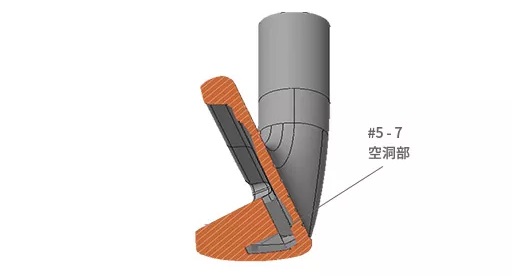
The Japanese text translates to “Hollow Department” which must be referring to their new “Full Pocket Cavity”. The hollow section along the sole of the club is what appears to be new. The 923 Forged had a cavity behind the face, but it did not extend down along the sole. I’ll be curious to read more about this when information is available. It seems contrary to most game improvement irons which add additional weight along the bottom, often using tungsten. The image also specifies on the 5-7 irons, which again, you’d think that extra weight along the bottom would be beneficial for getting long irons up in the air.
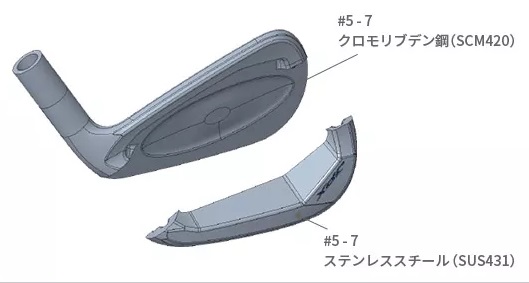
This image seems to suggest there is a two piece construction, at least for the 5-7 irons. The Japanese translates to “chrome molybdenum” (chromoly) for the top image pointing to the back of the face, which is the SCM420 alloy. The lower back portion Japanese translates to “stainless steel”, which is also labeled SUS431.
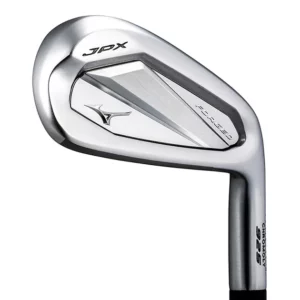
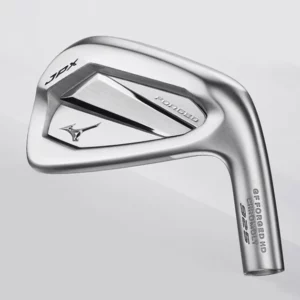
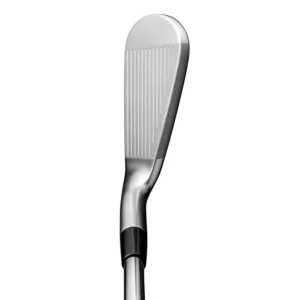
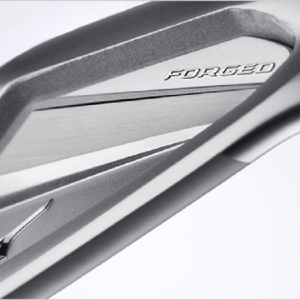
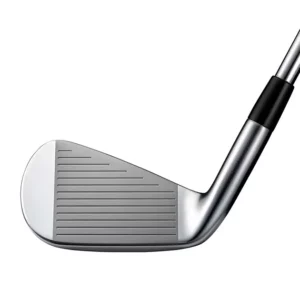
Cool looking Mizuno JPX 925 Forged black version photos:
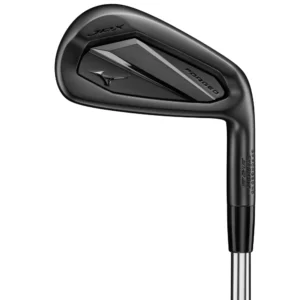
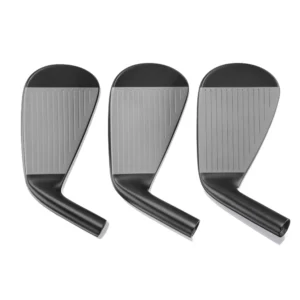
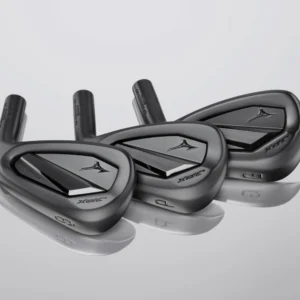
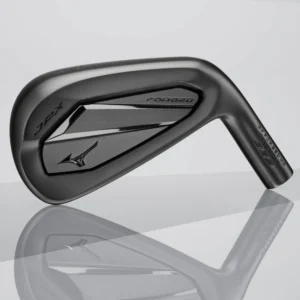
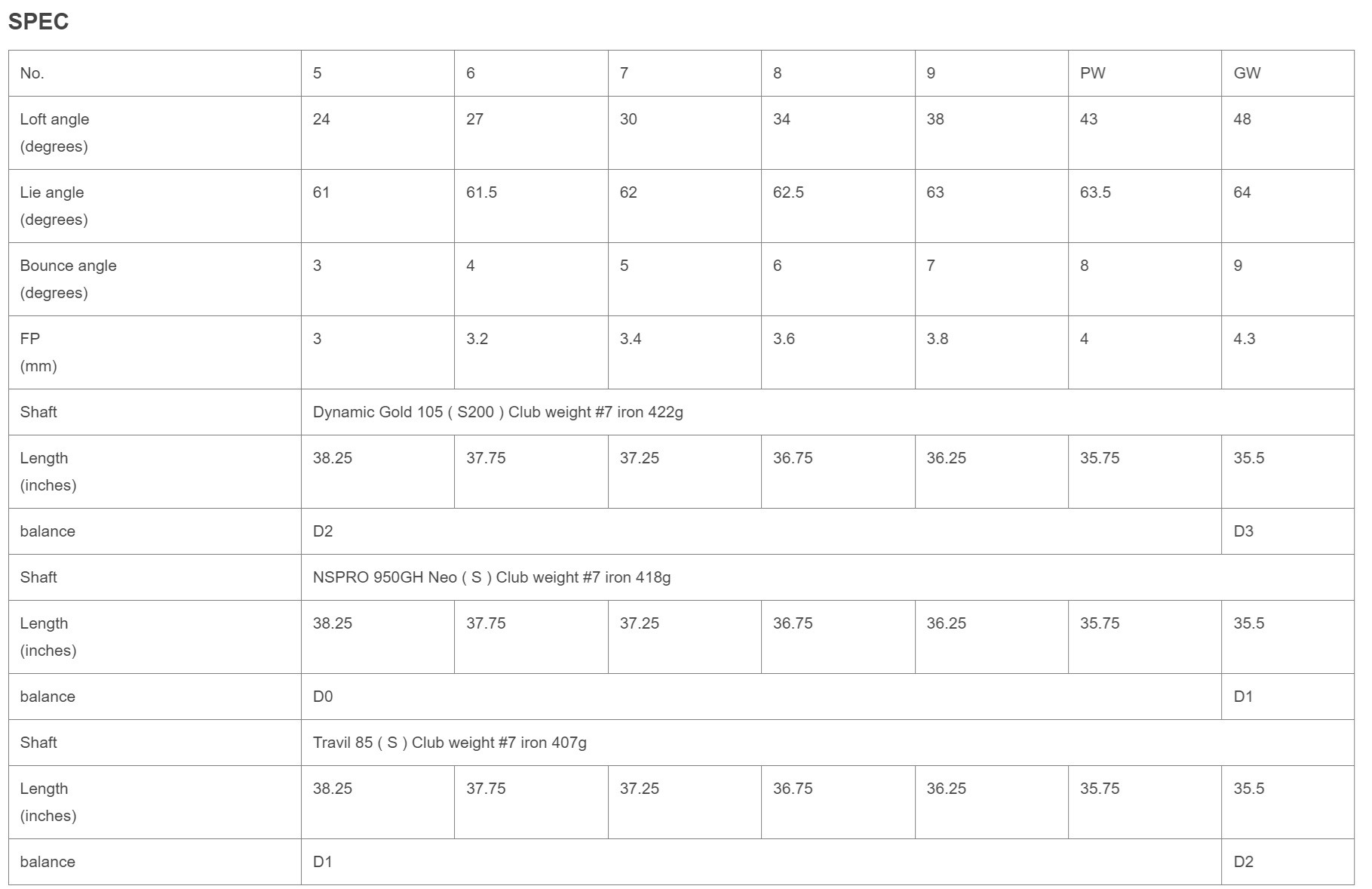
I found more specifics on the offset, and I’ve seen some sights saying the gap wedge is 49 degrees, and other places have it as 48. The offset is exactly the same as the JPX 923 Forged, with 0.5 degree more upright lie angle on the 925.
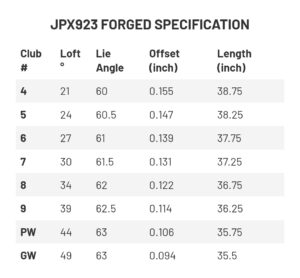
And here is the 925 Forged spces:
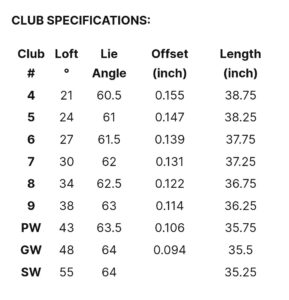
Here is some info from Mizuno’s site with head sizes and sole width, compared to the rest of the JPX 925 line:
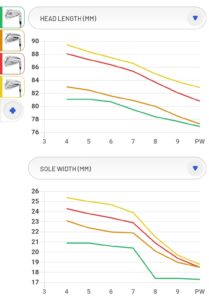
I found information available on the Mizuno Hong Kong website.
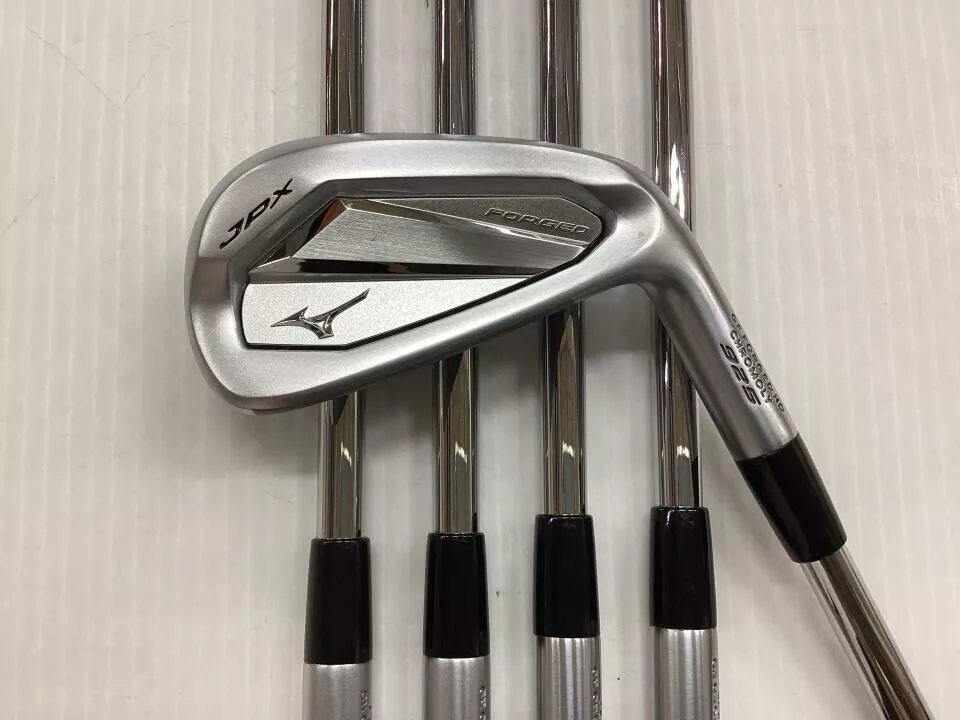
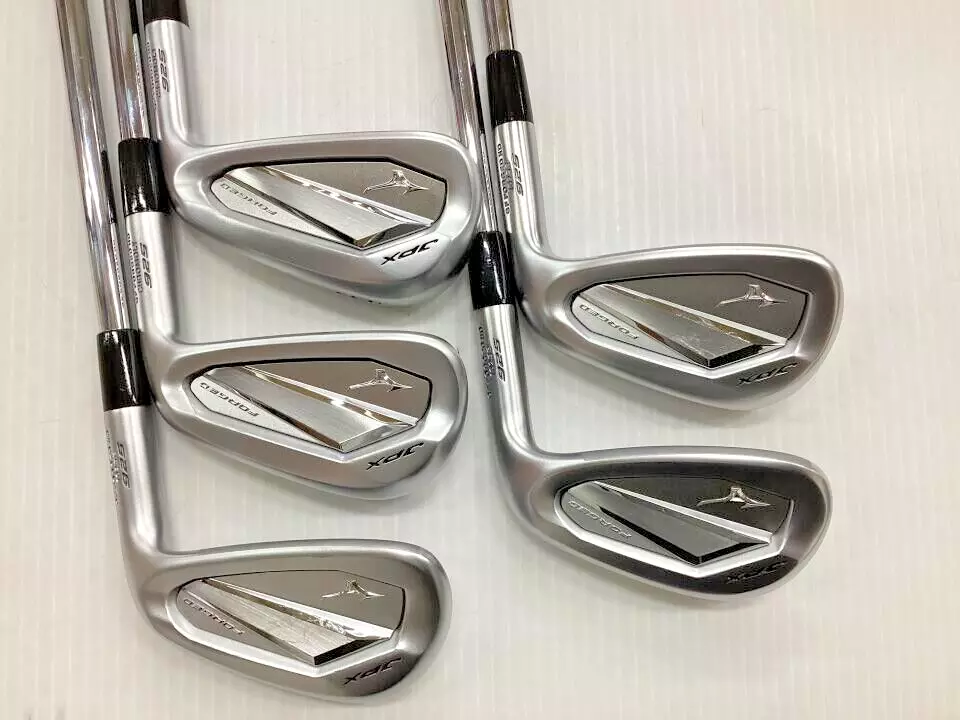
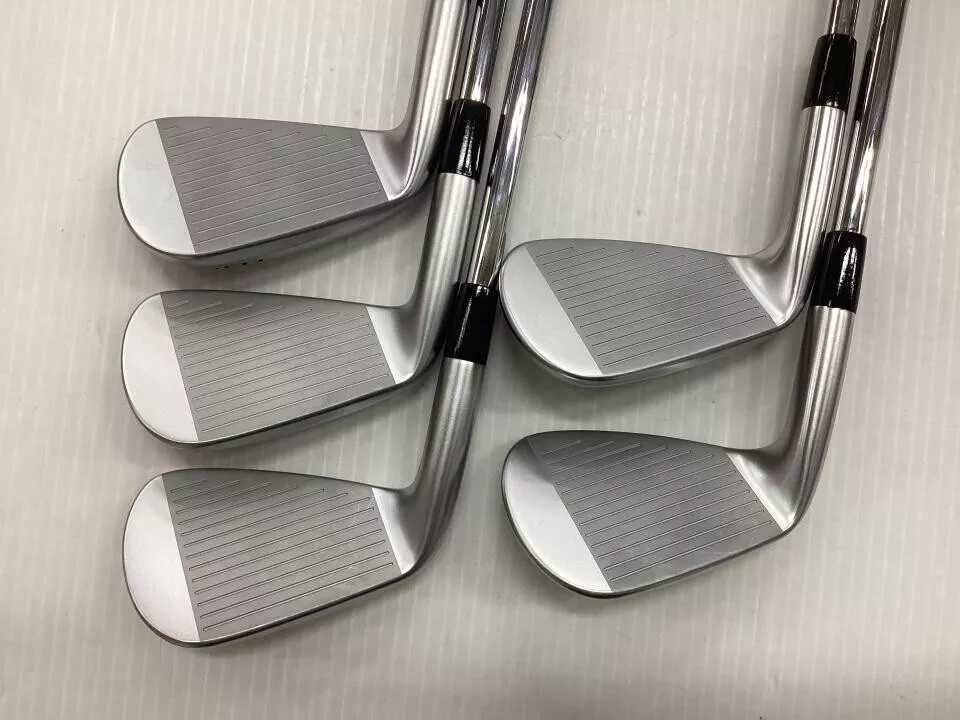
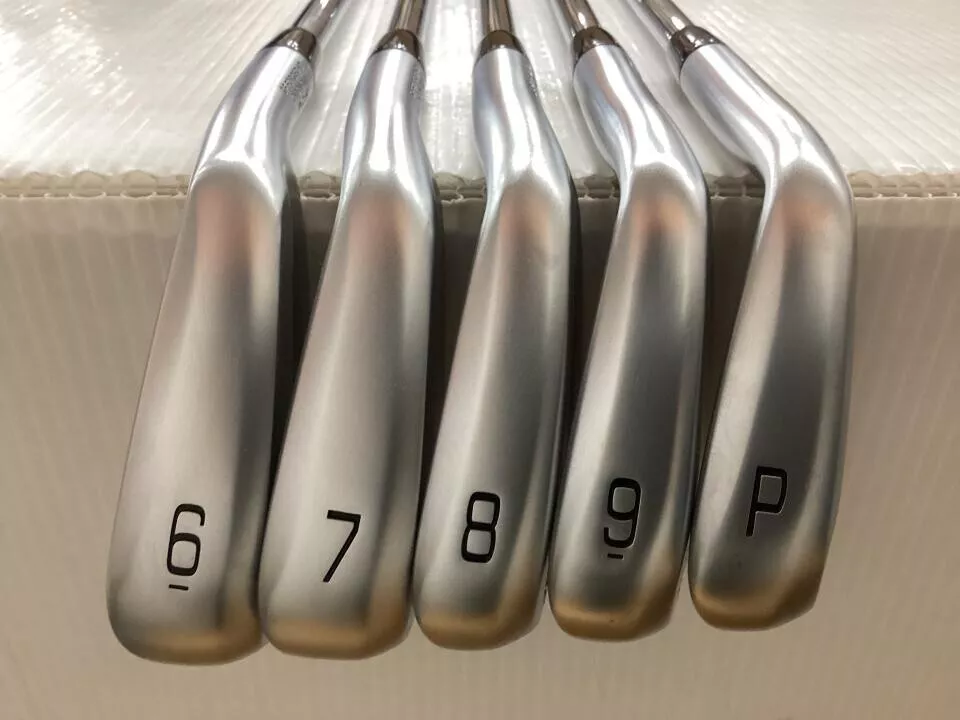
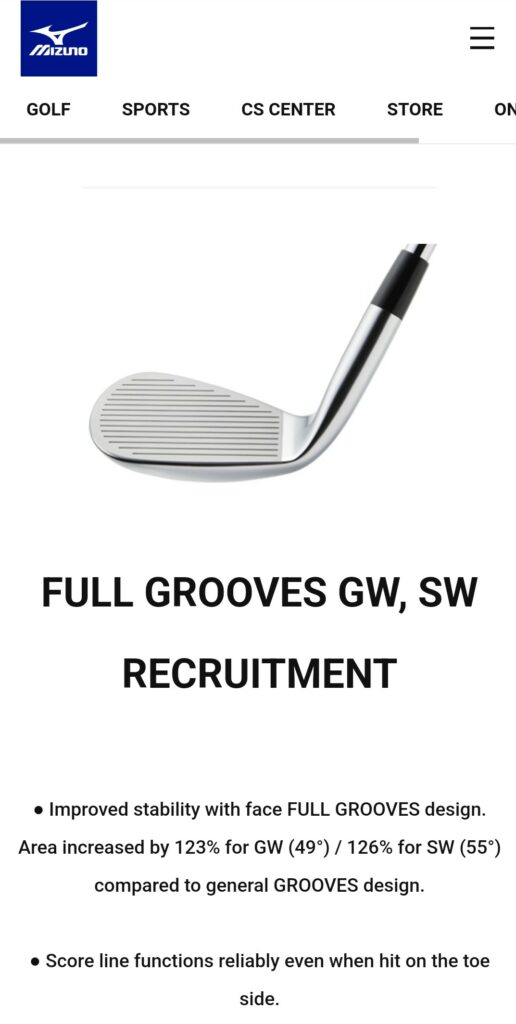
Discover more from Ten to Scratch
Subscribe to get the latest posts sent to your email.
Any info about the blade lengths?
Unfortunately, I have not yet seen any information about blade lengths or sole width. As soon as I find it, I’ll add it to the post and reply to your comment again.
I added an image with headlengths compared to the other JPX models. The information is now love on the Mizuno website. The irons are 1-3mm shorter than the Hot Metal Pro.
Hi Rick. I hit the club today in a fitting. More pop than the 923 forged. More ball speed with same spin. Very similar in size, 925 maybe a millimetre smaller in each direction (7 iron). Unbelievably forgiving iron.
Thank you so much for sharing the experience! I can’t wait to hear more reports as people get a chance to hit them. I assumed local shops wouldn’t get them into the fitting matrix until after they get announced, which I figure will be some time in January for February deliveries.
January 6th embargo is lifted. Specialist fitting centres have already received the heads of this and the new E.S pro model iron for elite players.
I won’t have a chance to check them out for the next two weeks, but can’t wait to compare them to my JPX 923 Forged. I’ll also be curious to see how the short irons compare as I found my short irons feel very different from the chromoly longer irons. I love the short irons. I wonder how soon deliveries will start showing up and hearing more feedback.
Is the other model the E. S. or the Pro S-3 as the prototype was called? I have a post here on the S-3 information, but unlike the Forged, they don’t appear to be available for sale in Japan already.
The ES I think is what has been called an S3 elsewhere. I think others may have read it upside down? It’s very much aimed at their tour players and elite ams.
Interesting as the way the rest of the print is on the hosel, it reads as S-3, but if looking at that print upside down, it does say E-S.
You were right about S-3 not ES 😂
I clocked they changed the iron comparison view on the website literally at 2pm when they officially announced. Blade length identical to the previous model. Top line similar. Sole may be similar width but the design is way nicer. This new leading edge style is brilliant.